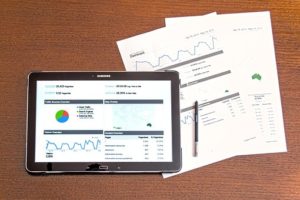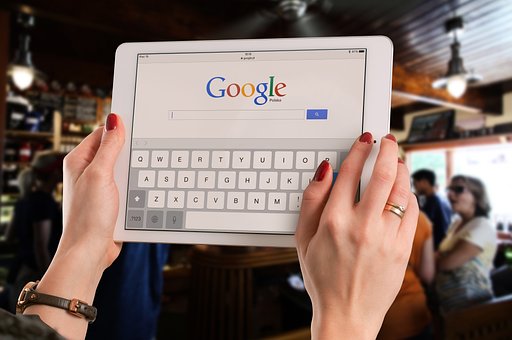Google Display Ads come in a variety of sizes to fit different ad spaces on
websites. The most popular sizes are:
1.Leaderboard (728×90) – This is the largest size and is commonly found at
the top of webpages. It is great for drawing attention and making a strong
first impression.
2.Medium Rectangle (300×250) – This size is often used in the sidebars of
webpages and is a good option for showcasing product images and
descriptions.
3.Half Page (300×600) – This size is similar to the medium rectangle but
is taller and offers more space for ad content. It is often used in the
middle of webpages and can be a great option for telling a more detailed
story.

4.Skyscraper (160×600) – This size is similar to the half page but is
narrower and is often used in the sidebars of webpages. It is a good option
for showcasing a specific product or service.
5.Large Rectangle (336×280) – This size is similar to the medium rectangle
but is slightly larger and offers more space for ad content.
6.Mobile Leaderboard (320×50) – This size is specifically designed for
mobile devices and is commonly found at the top of webpages.
It is important to note that these are only guidelines and the best
performing ad size for a particular campaign may vary depending on the
specific website, audience, and ad content. Additionally, Google Adsense
also allows to use custom ad sizes as long as they fall within the range of
certain dimensions.
A/B testing different ad sizes can help determine which size performs best
for a specific campaign. It’s also important to consider the user
experience when selecting ad sizes. Avoid using ad sizes that take up too
much space and make it difficult for users to navigate the website.
In conclusion, the best performing Google Display Ad dimensions depend on
the context of the campaign, the audience, and the ad content. A/B testing
different ad sizes can help determine the best option. Additionally, it’s
important to consider the user experience when selecting ad sizes and avoid
using ad sizes that take up too much space and make it difficult for users
to navigate the website.

